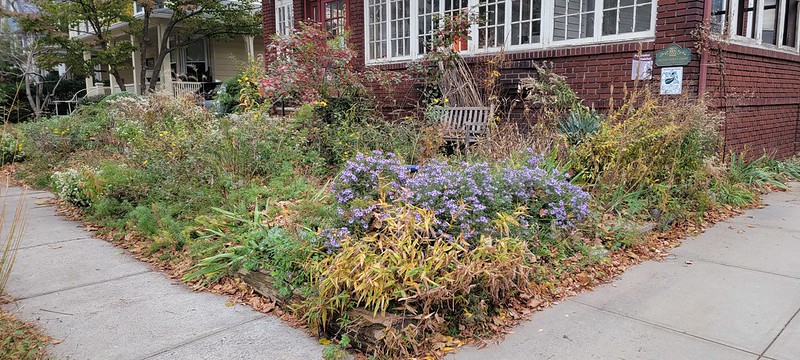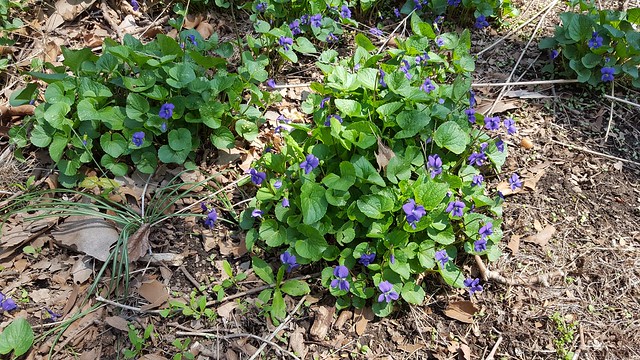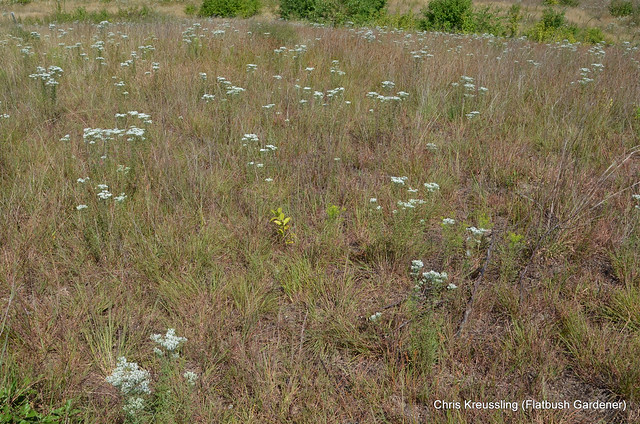[Update, 2006.08.15: Corrected the date to 2006 from 2005!]
News, June 15, 2006, Albany, NY: The
New York State Assembly bill A06247 passed and delivered to the Senate:
PURPOSE OR GENERAL IDEA OF BILL : Alters terminology of the state insect.
JUSTIFICATION : To change the official state insect from the Nine-spotted lady beetle (Coccinella novemnotata) species of the lady bug, which is no longer found in New York State, to another species of Lady Bug, the Spotted lady bug (Coleomegilla maculata).
PRIOR LEGISLATIVE HISTORY : New Bill.
FISCAL IMPLICATIONS : None.
EFFECTIVE DATE : Immediately.
Here's how the New York Times reported it today, June 23:
The state's official insect, a nine-spotted ladybug, would no longer fly in that role: it is extinct in New York State. So legislators took a break from bickering over health care spending and property taxes in the waning days of the session and found common ground on the issue of designating a new state insect, making it the pink spotted ladybug instead.
- A Few Things Lawmakers Can Agree On [requires subscription for viewing]
I think the correct term would be "extirpated" in New York State. Regardless, the article goes on to quote Nancy Calhoun, Republican, sponsor of the bill:
... "I know it's not earth-shattering," said the assemblywoman, Nancy Calhoun, who represents parts of Orange and Rockland Counties.
Ms. Calhoun says she was just trying to right a wrong. Lawmakers first adopted the state's official bug in 1989, but the nine-spotted ladybug had already become extinct in the state. Ms. Calhoun was alerted to the error by a reporter a couple of years ago and she submitted a bill to rectify the matter.
"Why do we want to get something like this wrong?" Ms. Calhoun said. "It would be like having a dinosaur as our state reptile." ...
It's an interesting question. In fact, New York State has a state fossil, the Sea Scorpion, which is an extinct relative of the Horseshoe Crab, which is not. So intentionally selecting an extinct state symbol is not out of the question. The comparison is not accurate, however. Dinosaurs were extinct before we got onto the scene;
C. novemnotata was once common. A better question is:
How did New York State get to have a once-native-but-no-longer-resident state insect?
The back-story can be found in the Fall 2003 issue of Wings, the magazine of the Xerces Society:




